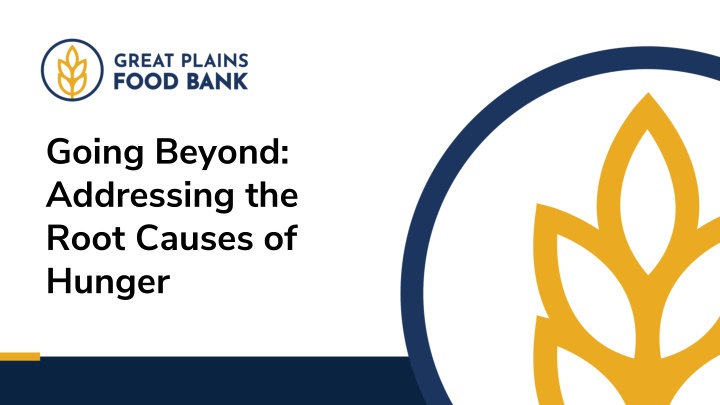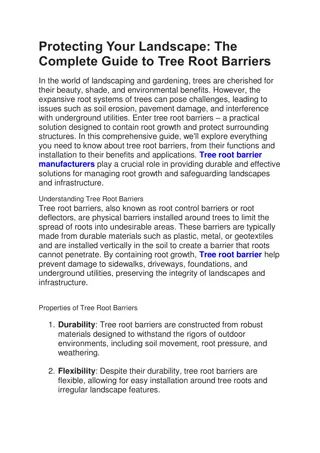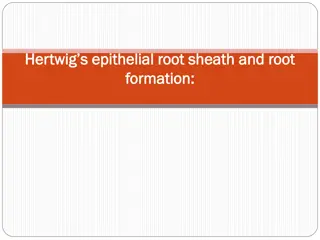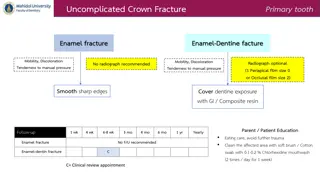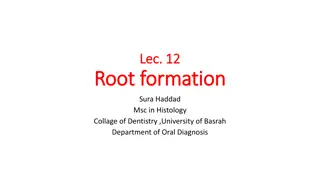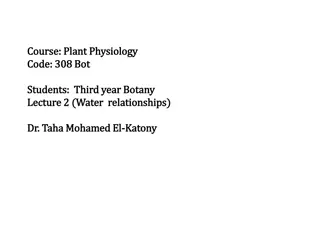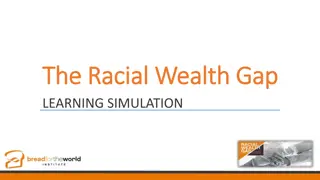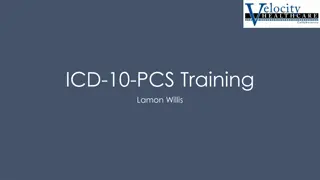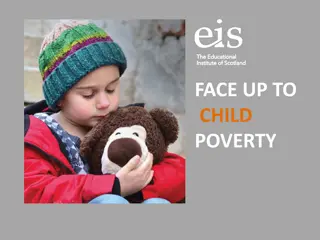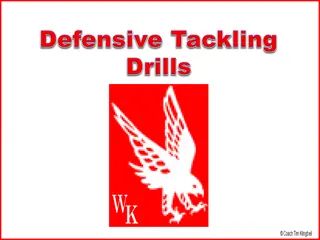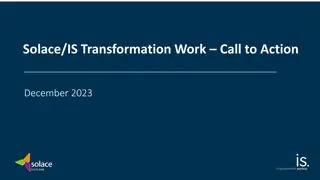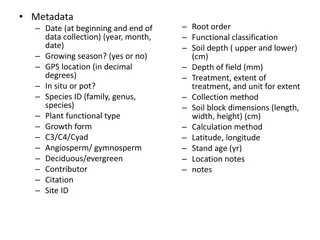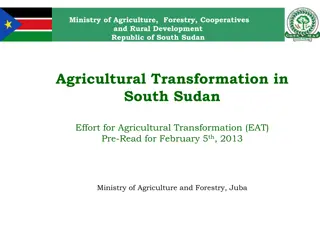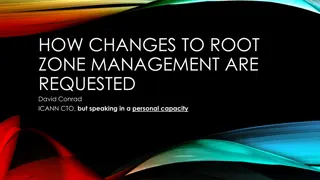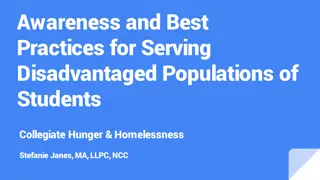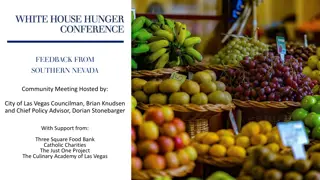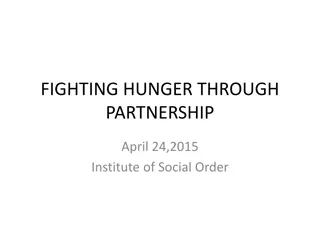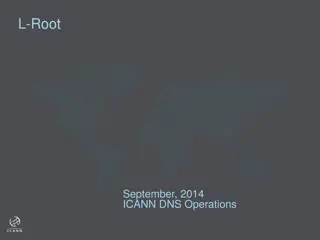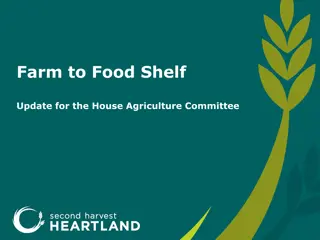Tackling Hunger at its Root: A Community Approach
Understanding and addressing the root causes of hunger through community efforts is crucial for sustainable solutions. This includes combating poverty, health conditions, education disparities, low wages, discrimination, and unemployment. Learning from and supporting neighbors, utilizing data for tailored services, engaging in community partnerships beyond food assistance, and implementing learning opportunities through surveys and conversations are key steps in creating a hunger-free society. Joining coalitions like "Hunger Free North Dakota" and "Cass Clay Hunger Coalition" further strengthens the collective fight against hunger.
Download Presentation

Please find below an Image/Link to download the presentation.
The content on the website is provided AS IS for your information and personal use only. It may not be sold, licensed, or shared on other websites without obtaining consent from the author.If you encounter any issues during the download, it is possible that the publisher has removed the file from their server.
You are allowed to download the files provided on this website for personal or commercial use, subject to the condition that they are used lawfully. All files are the property of their respective owners.
The content on the website is provided AS IS for your information and personal use only. It may not be sold, licensed, or shared on other websites without obtaining consent from the author.
E N D
Presentation Transcript
Going Beyond: Addressing the Root Causes of Hunger
What is a Root Cause? Poverty Health conditions The reason someone is in need of food assistance Lack of food access is a symptom of a deeper issue May be a short- or long-term issue Education status Low wages Discrimination Unemployment
Learning From Our Neighbors Hunger on the Plains 2023 Learning: Neighbors who identify as Native American face hunger at a rate at 7 times the rate of other communities.
Learning From Our Neighbors Great Plains Food Bank Efforts Focus Groups Targeted conversation to learn from participants Example: New American neighbors Community Conversation Broad collection of individuals/organization to discuss issues facing the community Example: Jamestown
Using Data to Inform Services Dietary Needs Allergies Health conditions Other Services Needed Resume building skills SNAP application assistance Cooking Skills Translated Materials
More than Food Community Partnerships NDSU Extension Community Options SNAP Healthcare Screenings Job Service
Implementing Learning Opportunities Survey Ask neighbors to fill out a short survey about their experience, needs or more after they receive their food One on One Conversation Gather feedback from neighbors more informally by asking questions during their pantry visit Ending Hunger 2.0 Team Support Connect with food bank staff for tips on data collection or community building Data collection: Janice, jtweet@greatplainsfoodbank.org Community building: Zoe, zabsey@greatplainsfoodbank.org
Join a Coalition Creating a Hunger Free North Dakota Meets virtually the fourth Tuesday of the month at 1:00 Contact Jill at coordinator@hungerfreecoalition.org Cass Clay Hunger Coalition Meets the first Tuesday of every month at 8:15 A.M. at Fargo Cass Public Health Contact Jill at coordinator@cassclayhungercoalition.org
